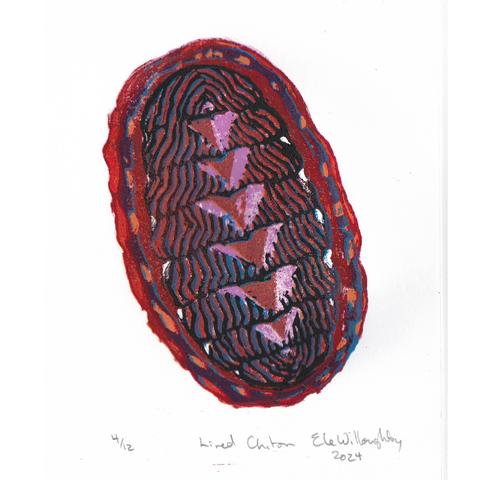For #insertAnInvert a print about how monarch butterflies who are fooled into laying eggs on the invasive dog-strangling vine (European swallowwort, Vincetoxicum rossicum) due to its similarities to its host plant milkweed are cursed to hatch larvae which starve and die. Dog-strangling vine unlike milkweed doesn’t serve as a food source for the caterpillars, 🧵1/n
#linocut #printmaking #sciart #monarchButterfly #urbanEcology #invasiveSpecies #speciesAtRisk #insertAnInvert2024 #MastoArt

